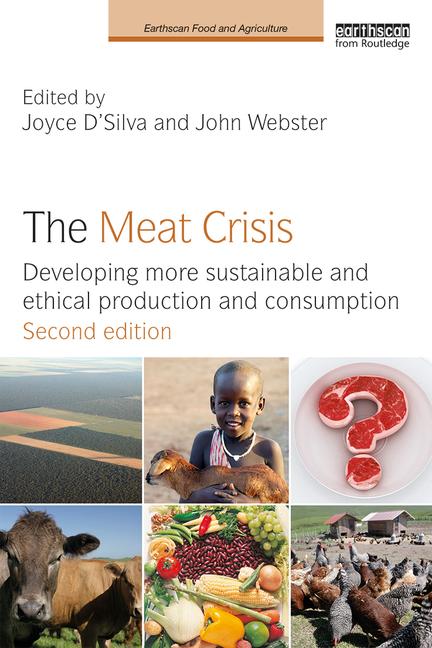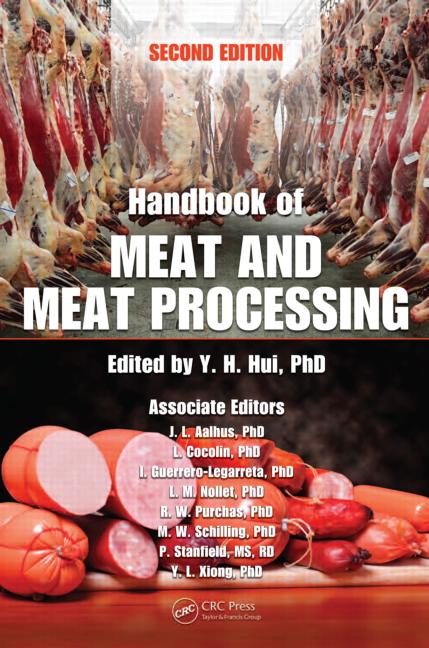Editor's note — The following commentary is by Jeff “Trip” Tripician, CEO of the cultivated meat company Meatable. A longtime meat industry veteran executive whose past tenures include leadership roles at Grass Fed Foods, Perdue Premium Meat Co., Niman Ranch and Coleman Natural, Tripician believes cultivated meat will play a key role in delivering an affordable and enjoyable eating experience to help meet rising global demand for sustainable proteins while addressing some of the most pressing global challenges, such as climate change and food security.
---
When I’m introduced as a CEO in the cultivated meat industry, my background surprises people. Unlike many others, I spent most of my career on farms, ranches and in harvest facilities, not at a university or tech startup. Yet, I still see myself as a meat industry executive, now with a new meat supply option. I view cultivated meat as similar to organic and grass-fed meat options, which seemed foreign a decade ago.
This we know: The world’s food supply is at risk as population growth surges and climate change threatens our ability to produce enough protein. By 2050, with nearly 10 billion people on earth, demand for protein will rise by 70%. Currently, 10% of the world goes to bed hungry each day — 800 million people, many of them children. Industrial livestock farming cannot meet this growing demand without detrimental consequences for our planet.
This is not just a humanitarian challenge but a business one as well. My time in organic and natural meat industries has shown me how such challenges impact supply chain stability. To meet global demand sustainably, the industry must evolve and offer options. I believe that the entire meat industry, traditional and cultivated, needs to unite to address this crisis.
The cultivated meat industry has faced challenges, partly because of its focus on creating large, standalone operations that compete with meat processors rather than complement them.
But to address these global challenges, we must work as partners, not adversaries. We must act as change agents willing to collaborate. Cultivated meat companies can support traditional businesses by supplying them with the infrastructure needed for success. This collaboration will help lessen environmental strain while delivering what consumers demand: familiar, delicious proteins that benefit the planet.
Combining traditional protein infrastructure with cultivated meat technology is essential. It offers a way to increase protein production for a growing population, protect valuable farmland, stabilize the food supply chain, and provide cost-effective options. The meat industry has an opportunity to de-risk its supply source and attract younger consumers who care about sustainable solutions.
A collaborative approach can pave the way for educating consumers, regulators, and industry members about why cultivated meat is necessary and what it can achieve. Together, farmed, ranched, and cultivated meats can complement one another, creating a more efficient protein supply chain. This partnership will build consumer trust, foster growth, expand profit, and contribute to a healthier planet with fewer hungry people.
I’m genuinely excited about the work ahead. While this kind of collaboration may not sound flashy, the stakes are high, and the planet needs us to unite. Each day that passes, more people go hungry. We have the capability to make a meaningful difference by coming together








